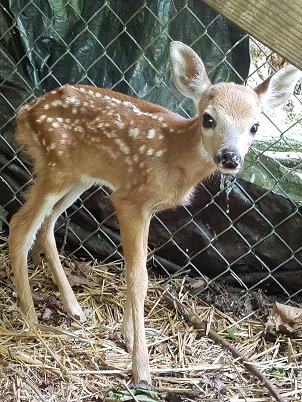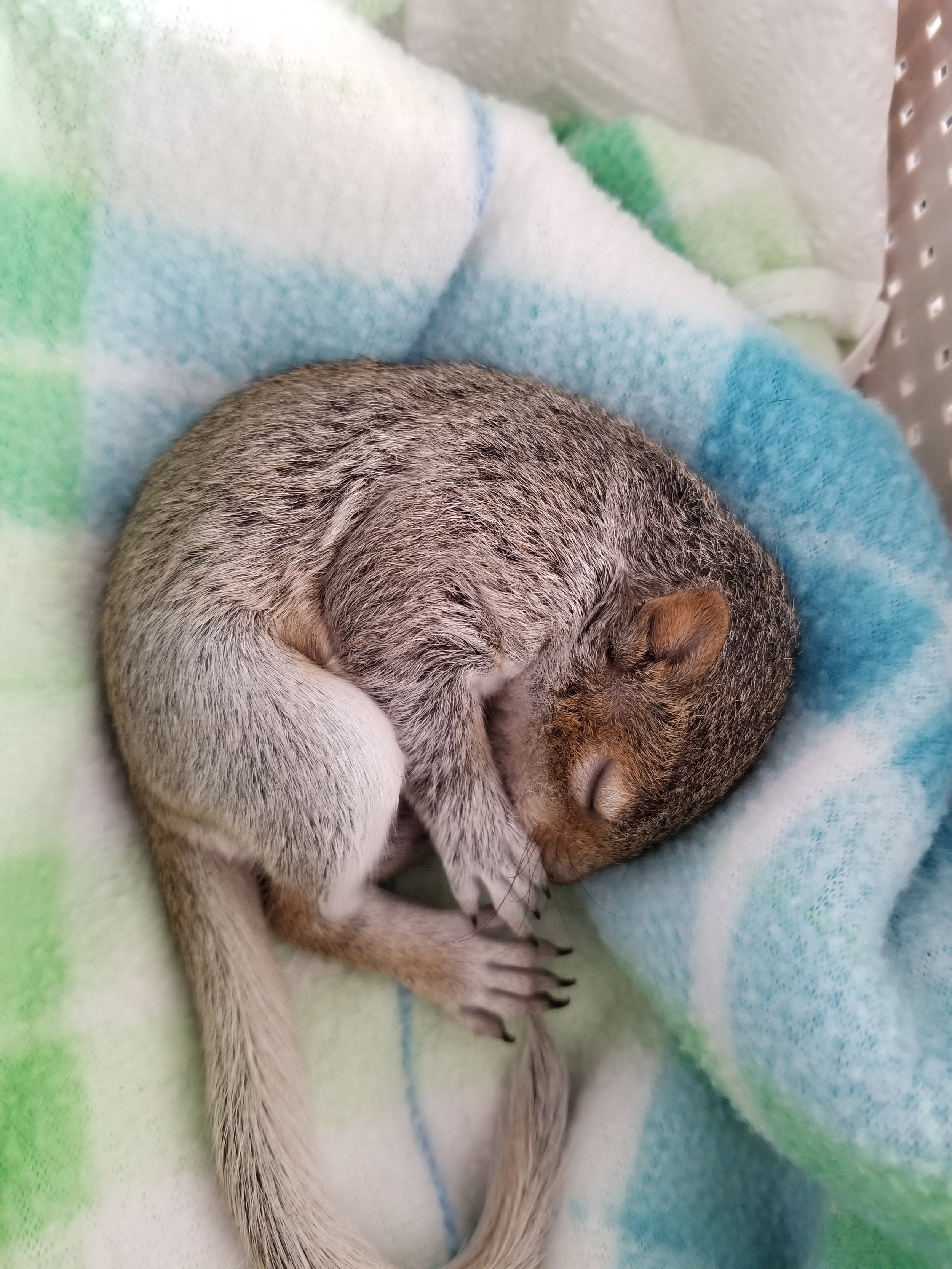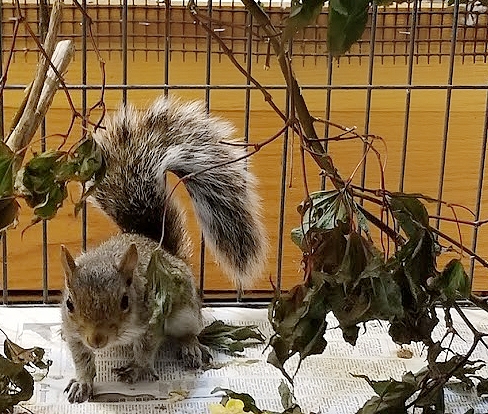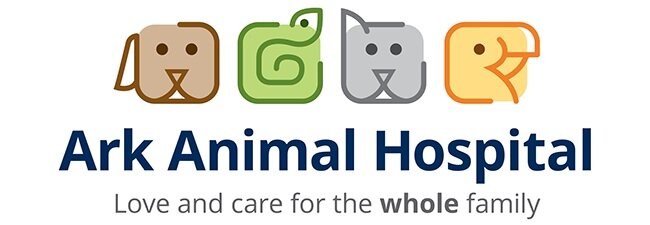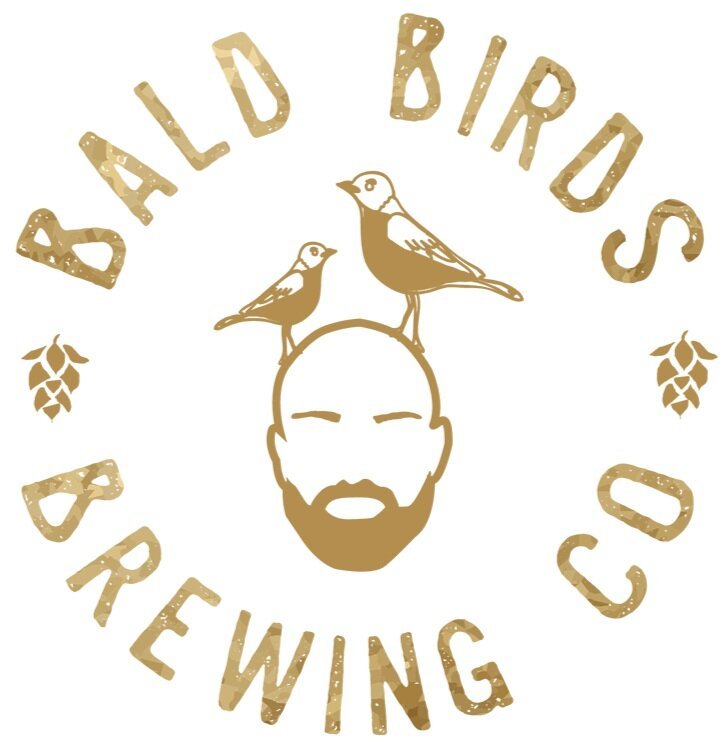Our Goal
PMWC's mission is to provide healing and temporary refuge to injured and orphaned wild animals, with the single goal of release back into their native environment, and to educate and encourage people to care about and coexist with wildlife.
Our Identity
Philadelphia Metro Wildlife Center (PMWC) is a non-profit, wildlife rehabilitation organization serving Philadelphia, Montgomery, Chester and Delaware counties.
Impact
33 combined years of fully licensed wildlife rehabilitation experience
65 trained, dedicated volunteers
80,000+ animals treated
150,000+ phone calls answered
3,000+ patients treated in 2020
What happens after I drop off the animal?
The wild animal you found will receive a medical exam by licensed professional staff to determine its needs. Prompt, humane care is our highest priority. After that, the animal will receive ongoing medical care, feeding, raising, enrichment and rehabilitation until it is ready to survive on its own. We will then release the animal back to the wild.

